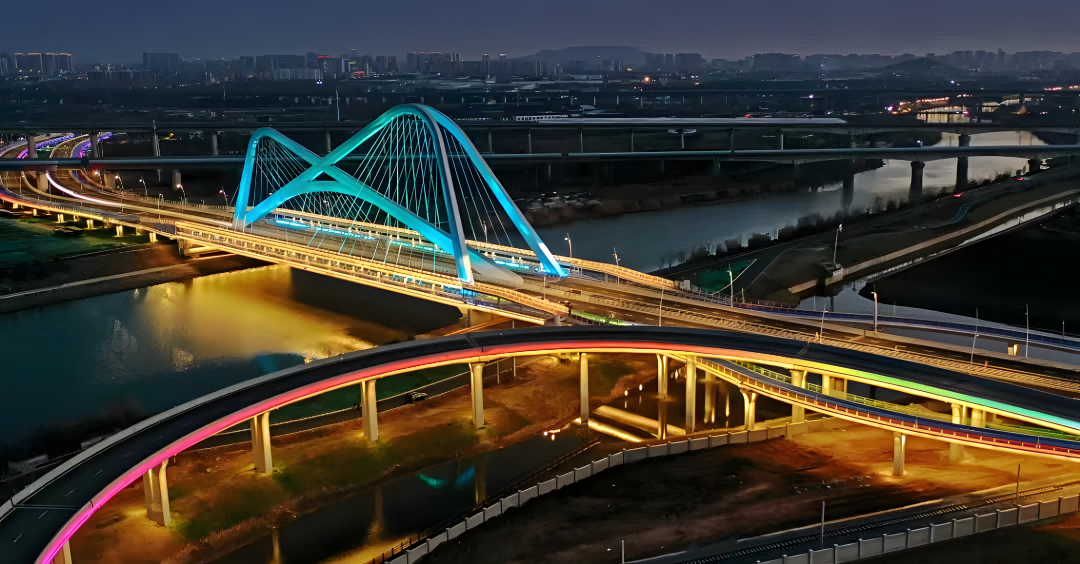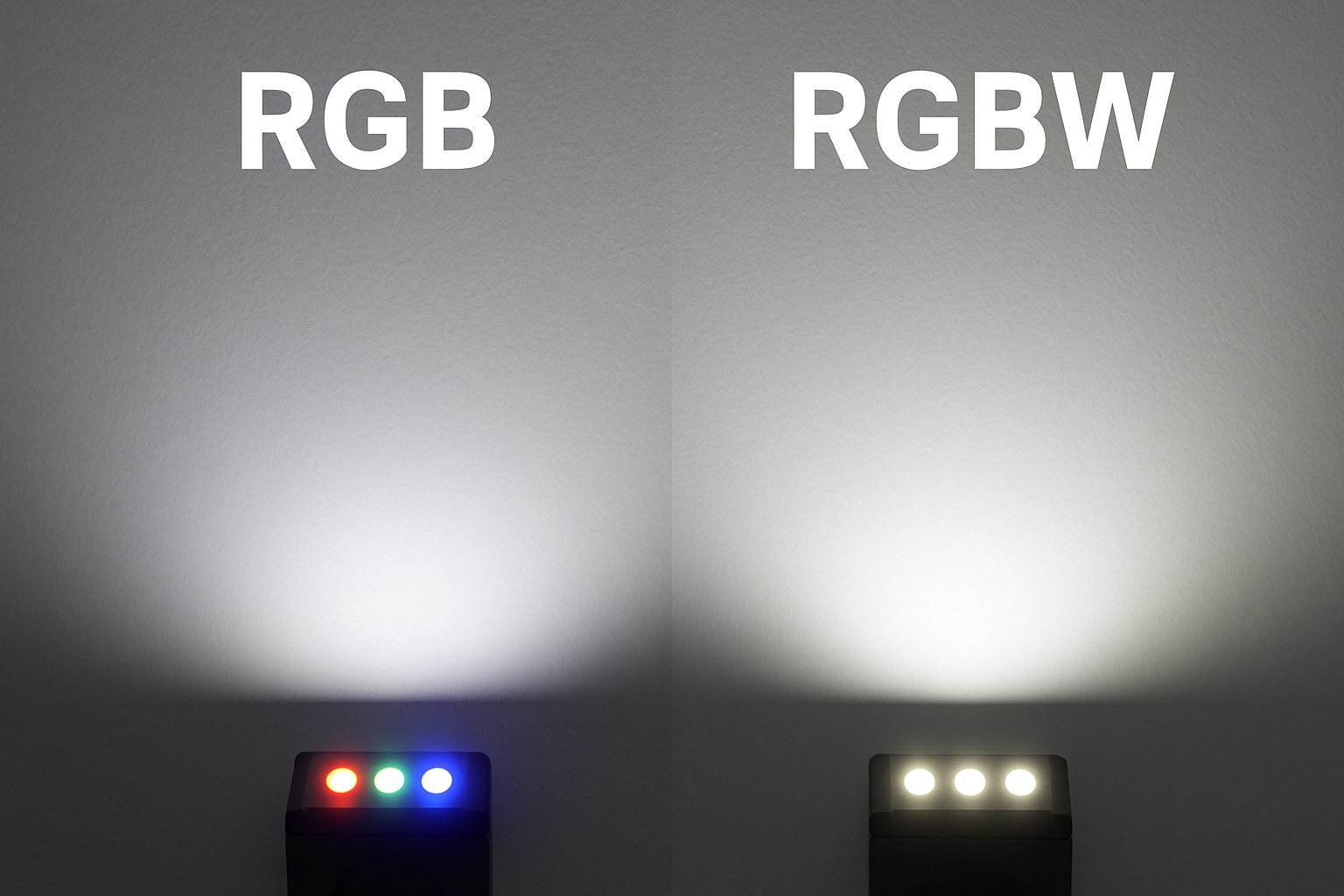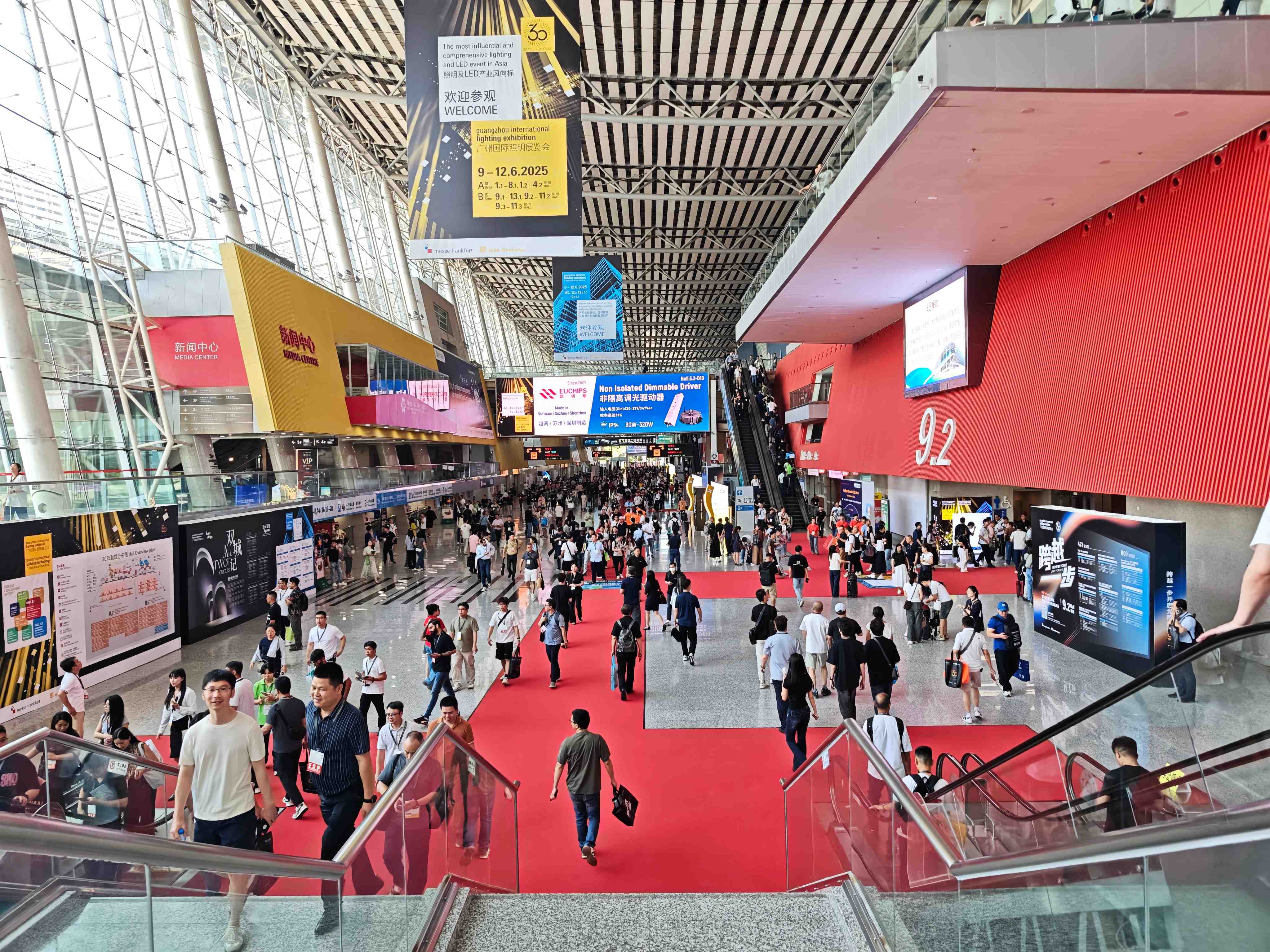
Facade lighting transforms buildings into storytelling canvases that inspire, engage, and elevate urban identity. From strategic uplighting and textured wall grazing to AI-powered dynamic sequences, each lighting technique adds depth, emotion, and purpose to architectural surfaces. Thoughtfully designed facade lighting not only enhances aesthetics and brand presence, but also improves safety, reduces energy consumption through LED and solar solutions, and supports smart city integration. As the line between art and infrastructure blurs, modern facade lighting becomes a powerful medium to connect people, places, and community values—one beam at a time.
READ MORE>>
2025-07-19 09:39

This article distills ten core concepts for end-to‑end bridge lighting design, aiming to create night‑time landmarks that are simultaneously beautiful, safe, sustainable, and iconic. 1. Purpose & Context: Begin by defining your primary lighting objectives—whether functional illumination for traffic and pedestrians, safety and wayfinding, architectural highlighting, or cultural storytelling. Respect the bridge’s structural language and historical context, using carefully placed fixtures and tailored beam angles to enhance its original form rather than simply “add light.” 2. Safety & Experience: Deliver continuous, glare‑free functional lighting with appropriate color temperature and illuminance at critical points (lanes, walkways, entrances/exits). Specify high‑penetration fixtures for poor weather conditions. Embed dynamic, programmable control (e.g. via DMX/Art‑Net or data‑driven platforms) to orchestrate flowing, breathing, or themed effects, and leverage smart scheduling to dim or switch off non‑essential lighting during off‑peak hours. 3. Environment & Sustainability: Control spill light and blue‑light pollution through full‑cutoff luminaires and warm (≤3000 K) sources, adhering to IDA and local light‑pollution standards to protect the night sky and ecosystems. Specify corrosion‑resistant, high‑IP modular components to minimize maintenance and lifecycle cost. Integrate remote monitoring, fault diagnostics, and open‑standard protocols (DALI‑2, KNX, IoT) to ensure seamless future upgrades and data exchange with smart‑city platforms—maximizing both ROI and social value.
READ MORE>>
2025-07-10 14:18

Outdoor RGB and RGBW LED lighting lets you transform your space with color, mood, and precision. This guide explains the key differences between RGB and RGBW, their benefits, and how to choose the right fixtures and controllers for your facade, garden, or water feature. Whether you're looking for ambiance, security, or dynamic visuals, this article helps you light up your nights creatively and efficiently.
READ MORE>>
2025-07-02 17:20

This article addresses the real-world challenges of using DMX512 control in large-scale outdoor LED lighting projects, where long distances and harsh environments can disrupt signal stability. It identifies common issues such as signal attenuation, EMI, bus load limits, and ground surges, and offers field-tested solutions including the use of repeaters, 48V power systems, shielded twisted-pair cables, and intelligent DMX ICs. The article also evaluates the pros and cons of wireless DMX and fiber optic systems for demanding environments. A case study of a seaside promenade project demonstrates how proper planning and hardware selection can achieve stable, long-distance DMX control with reduced cost and complexity. A concise engineering checklist is included to guide effective system design and deployment.
READ MORE>>
2025-06-27 17:30

In this case-based article, LNJAMI explores how a high-profile facade lighting failure during a public show revealed the vulnerabilities of outdated control systems, poor synchronization, and fragile data transmission. Drawing from real-world installations, the article introduces five critical upgrades—including smarter controllers, pixel-level syncing, advanced animation algorithms, robust signal infrastructure, and real-time monitoring—that collectively eliminated glitches and elevated visual impact. Backed by measurable results (0.7% to 0.02% glitch rate, 40% rise in engagement), the article proves that with the right technology, buildings can do more than light up—they can come alive.
READ MORE>>
2025-06-23 17:20

The 30th Guangzhou International Lighting Exhibition (GILE 2025) showcased the latest innovations and future trends in smart and outdoor lighting. With over 2,600 exhibitors from more than 20 countries, the event highlighted cutting-edge technologies such as DMX512 long-distance transmission, IP68 waterproof light strips, AI-responsive lighting, and high-pixel visual effects. As both an exhibitor and observer, LNJAMI presented its flagship outdoor lighting products—including linear lights, wall washers, and floodlights—while also gaining insights from industry leaders across various categories like smart control, light distribution, and material design. The exhibition underscored the industry’s rapid evolution toward smarter, greener, and more aesthetically integrated lighting solutions.
READ MORE>>
2025-06-16 14:09


